In this guide, we’ll explore vegetables that thrive when planted in June in Zone 8, each offering unique cultivation characteristics and flavor profiles.
Bell Peppers
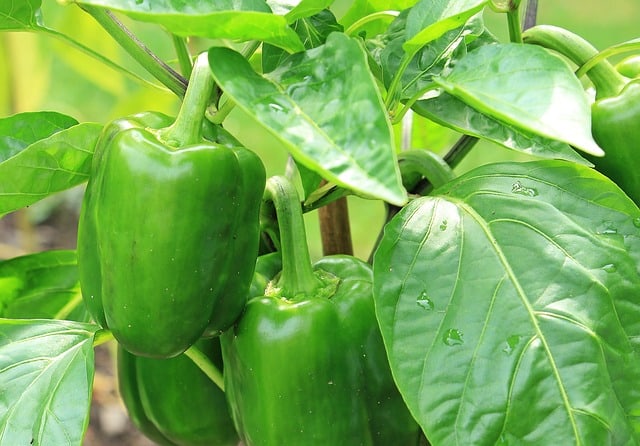
Bell peppers are a staple in many gardens and can be planted in June in Zone 8. They flourish in warmer temperatures, ideally between 65°F and 80°F. June is a great time to plant them as the soil will be warm and suitable for germination. Check that the last frost has passed, and ensure your peppers receive full sun for optimal growth.
Planting bell peppers involves selecting healthy seedlings or starting from seeds indoors. If planting seeds directly, space them about 18 to 24 inches apart in well-drained soil rich in organic matter. Bell peppers can take 60-90 days to mature, giving you abundant harvests by late summer or early fall.
Cucumber
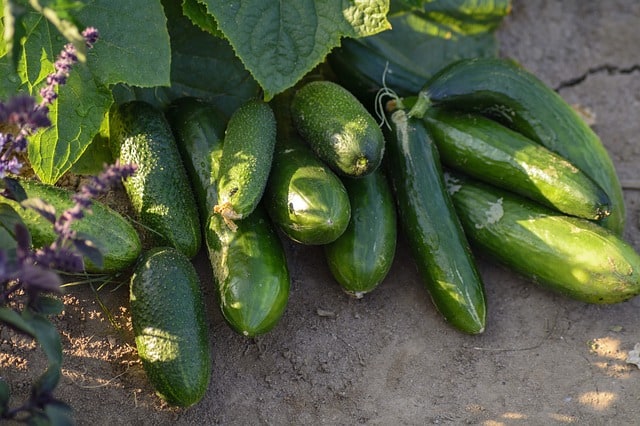
Cucumbers are another wonderful addition to your June planting schedule in Zone 8. These warm-weather crops thrive in temperatures ranging from 70°F to 90°F, making June ideal for sowing. Cucumbers can be directly seeded into the ground or started indoors and transplanted later.
For direct sowing, cultivate the soil to a fine tilth and plant seeds about 1 inch deep, spacing them 2-3 feet apart in rows. Cucumbers require plenty of sunlight and consistent moisture, so regular watering is crucial. They mature in around 50-70 days, offering you crisp, refreshing fruits ideal for salads and pickling.
Tomato
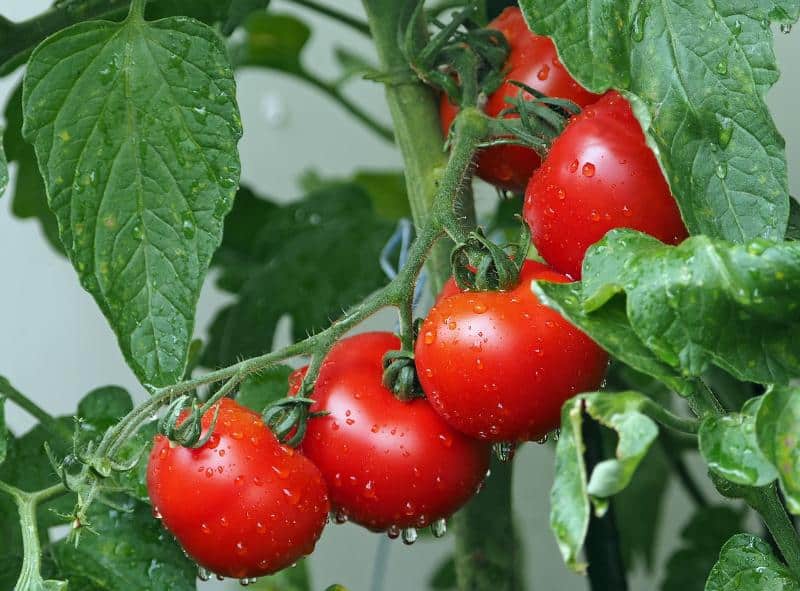
Tomatoes are undoubtedly one of the most popular garden vegetables, especially in Zone 8. June is an excellent time to plant varieties such as Roma, Cherry, and Beefsteak, as they love warm weather. Ideally, soil temperatures should be above 60°F for optimal germination. Full sun exposure is vital for healthy growth.
When planting, ensure to space tomato plants at least 24 to 36 inches apart, providing enough room for airflow and reducing the risk of diseases. Tomatoes typically take 70-100 days to reach maturity. They thrive with consistent watering and benefit from staking or caging to support their growing vines.
Squash
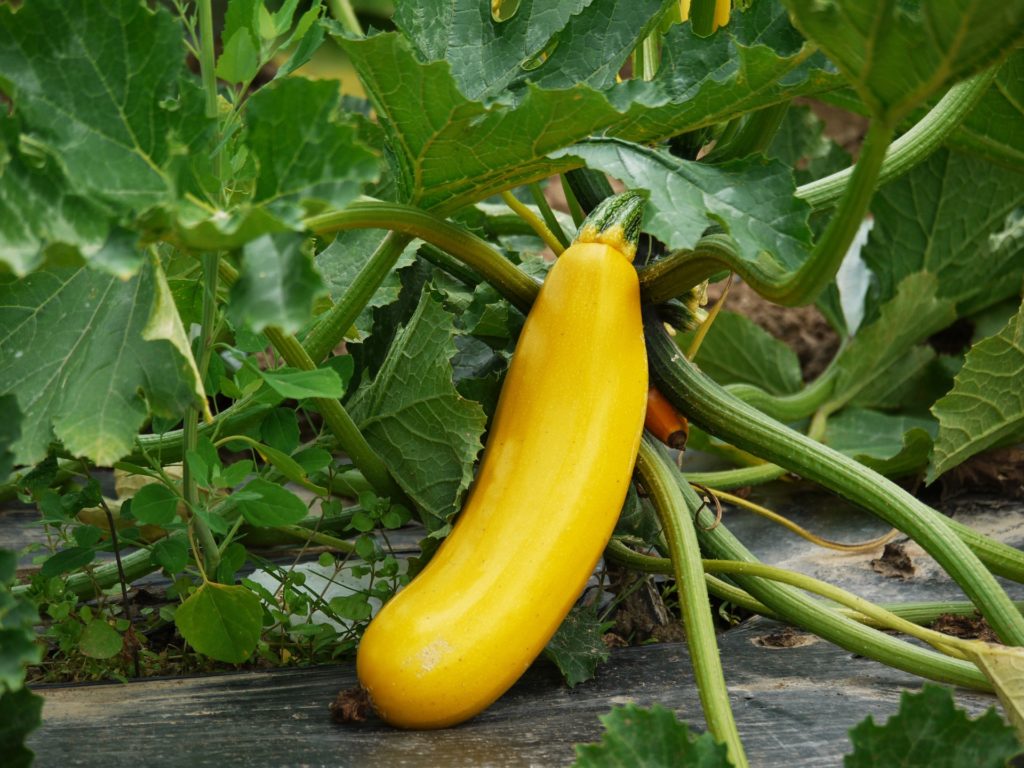
Summer squash varieties, such as zucchini and yellow squash, thrive when planted in June in Zone 8. These fast-growing plants appreciate the warm summer soil, with temperatures between 70°F and 95°F encouraging healthy root development.
Squash seeds can be sown directly into well-drained soil, about 1 inch deep and spaced roughly 2 feet apart in rows. Providing ample space allows for their broad leaves to grow healthily. With a maturity span of only 50-70 days, you’re looking at delicious, tender squash for your recipes in no time.
Green Beans
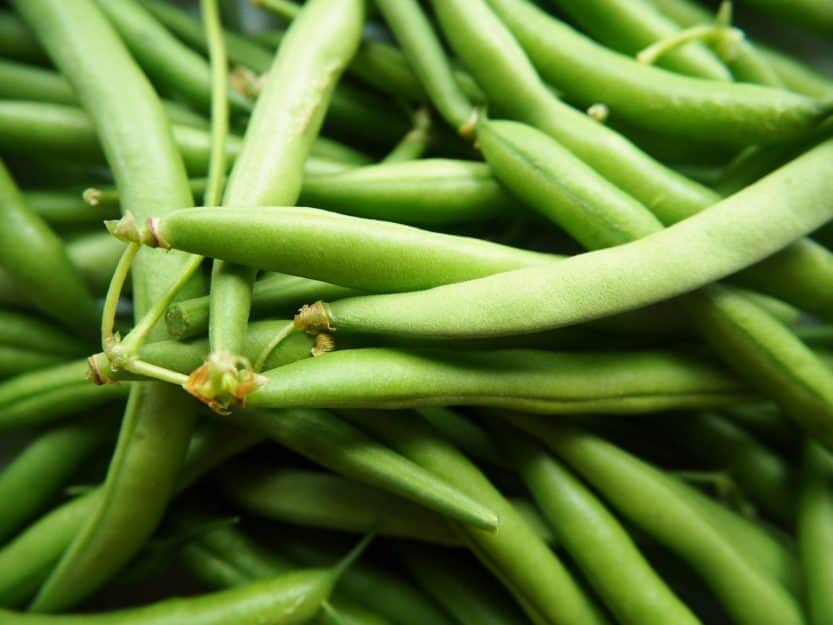
Green beans, particularly bush varieties, are perfect for planting in June. With a fast maturity window of 50 to 60 days, you can expect a bountiful harvest well before the end of summer. These beans thrive in warm soil, with temperatures around 70°F preferred.
Sow seeds directly into well-aerated soil about 1-2 inches deep, spacing them 1-2 inches apart. Ensure they have enough sunlight to promote robust growth. Keeping the soil consistently moist will encourage better yields, and these plants often continue to produce throughout the summer months.
Corn
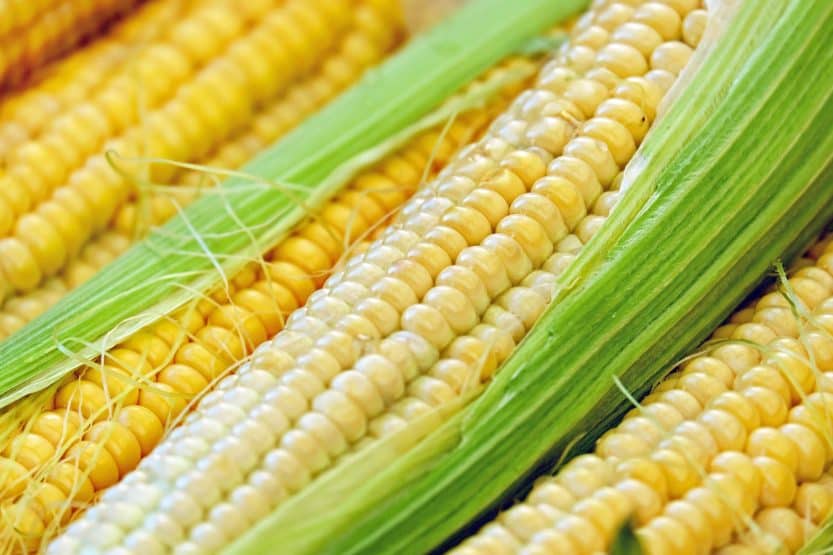
Corn is a classic summer vegetable that loves heat, making June a prime month for planting in Zone 8. Ideally, soil temperatures should be at least 60°F for successful germination. Corn grows best in full sun and can reach impressive heights, especially when nurtured properly.
When planting corn, sow seeds 1-2 inches deep in rows spaced 30-36 inches apart. For optimal pollination and crop yield, plant corn in blocks rather than straight lines. Corn typically requires about 70-100 days to mature depending on the variety, providing delicious ears for grilling or steaming.
Okra
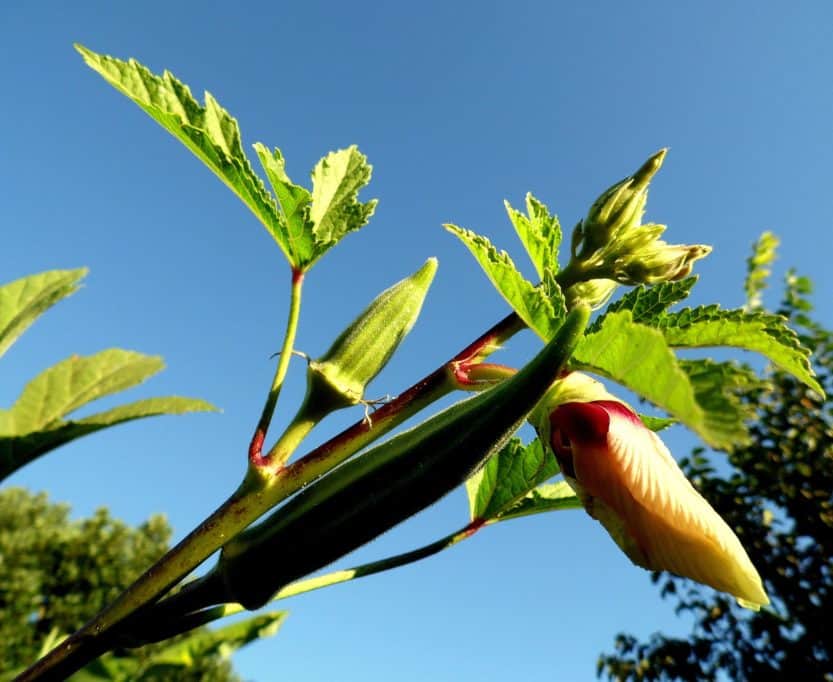
Okra is a resilient, heat-tolerant vegetable well-suited for June planting in Zone 8. These plants thrive in hot conditions, preferring temperatures between 75°F and 95°F. Planting can be done directly into the soil once the danger of frost has passed.
For optimal growth, plant seeds 1 inch deep and space them 12-18 inches apart. Okra prefers well-drained, fertile soil and full sun exposure. Maturing in about 50-60 days, this vegetable is known for its unique texture and flavor, often used in Southern dishes.
Eggplant
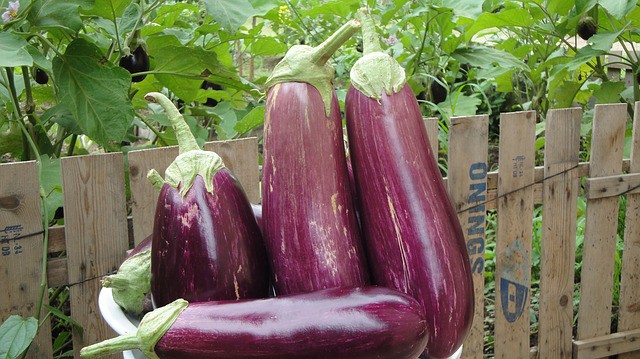
Eggplants are another heat-loving vegetable that can be planted in June. They prefer warm soil, ideally around 70°F to 85°F, and thrive in full sunlight. When planting, you can either start from seeds or transplant young seedlings into the garden.
Space eggplant about 24 inches apart in well-draining soil. This crop typically matures in 70-80 days, producing stunning fruits that can be harvested at various sizes. Regular watering and fertilizing will promote robust growth, and staking can help support the weight of the developing fruits.
Carrots
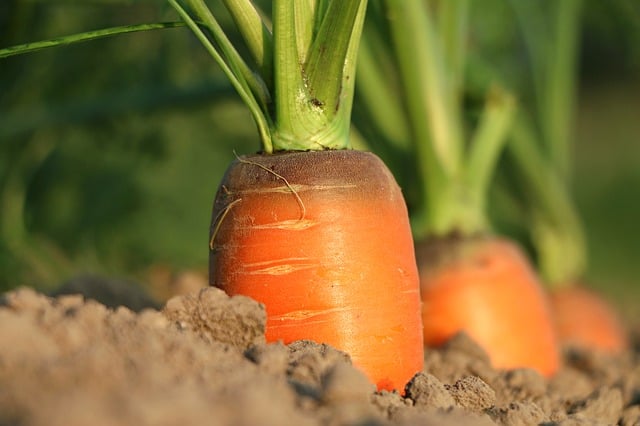
While some may consider carrots a cool-weather crop, they can still be planted successfully in June in Zone 8, as the soil temperature rises significantly during this time. Ideally, carrots thrive in temperatures between 50°F and 75°F.
Direct sow carrot seeds in well-prepared, loose soil, about ¼ inch deep and spaced 1-2 inches apart. Thin seedlings as they grow to allow for optimal development. Carrots typically take 70-80 days to mature but can be harvested at younger stages for tender, sweeter roots.
Beets

Beets are a versatile crop that can be enthusiastically planted in June in Zone 8. Preferring cooler temperatures, they do well in the warm soil of early summer, ideally around 50°F to 70°F. Beets are a great option for sequential planting, giving you multiple harvests throughout the summer.
Directly sow beet seeds in unamended soil about 1 inch deep and space them about 1-2 inches apart. They need consistent moisture to thrive and will mature in approximately 50-70 days. Both the roots and the greens are edible, providing a dual purpose in the garden.
Radishes
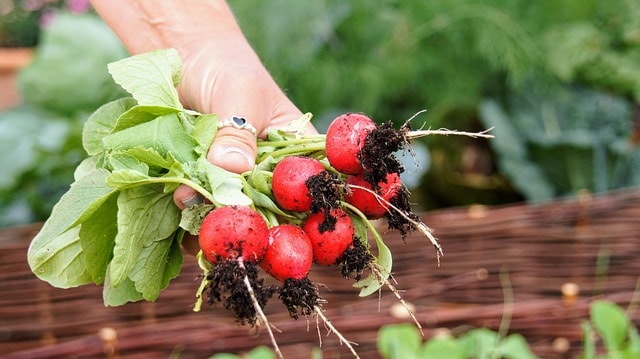
Radishes are among the quickest-growing vegetables and can be sown in June for a quick turnaround. They prefer cooler conditions, but the heat of early summer in Zone 8 allows for their growth, particularly in shaded areas or with regular watering.
Plant radish seeds about ½ inch deep and space them 1 inch apart in well-draining soil. They mature quickly, typically in just 25-35 days. Regular thinning will ensure ample space, leading to crisp, tender roots that can be harvested and enjoyed shortly after planting.
Swiss Chard
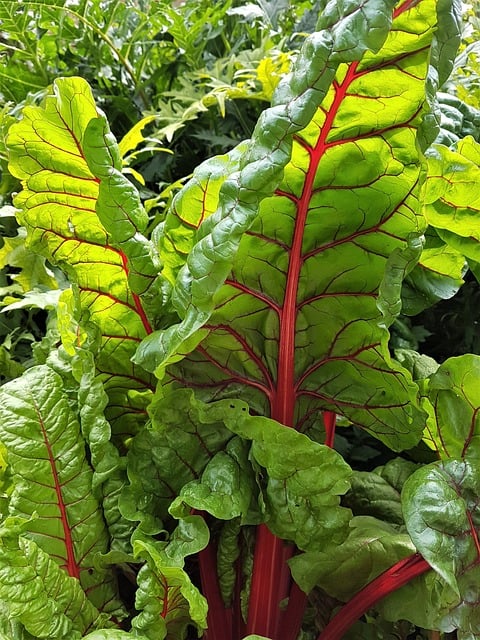
Swiss chard is an excellent leafy green to consider for June planting. While it prefers cooler temperatures, it’s adaptable to the warmer climate of Zone 8 when appropriately managed.
Direct-sow chard seeds in well-draining soil about ½ inch deep and space them 12 inches apart. It takes roughly 50-60 days to reach maturity, and the vibrant, tender leaves can be harvested as needed. Swiss chard demonstrates heat tolerance and can often withstand the warm summer nights common in Zone 8.
Kale

Kale is a robust green that also flourishes with June plantings in Zone 8, especially if provided with some afternoon shade from the heat. It prefers cooler temperatures, ideally between 60°F to 70°F, but it can still be cultivated during the warm months.
Sow kale seeds about ¼ inch deep, spaced 12 inches apart in well-drained soil. With consistent watering and adequate sunlight, kale will mature in roughly 55-75 days. The leaves can be harvested at any stage, promoting ongoing growth throughout the summer.
Spinach
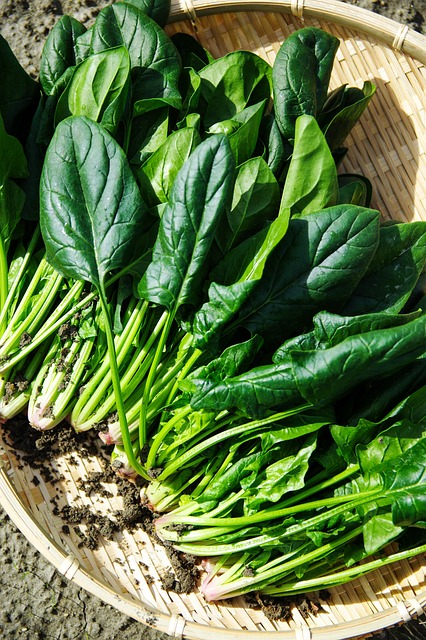
Though typically considered a cool-weather crop, spinach can be planted in late spring or early summer in Zone 8 for an early summer bounty. Planting in June may necessitate some shade protection as temperatures rise.
Sow seeds about ½ to 1 inch deep, ideally in rows spaced about 12 inches apart, and thin them to allow proper growth. Spinach matures within 30-45 days, and the tender leaves are perfect for salads or cooked dishes.
Fennel
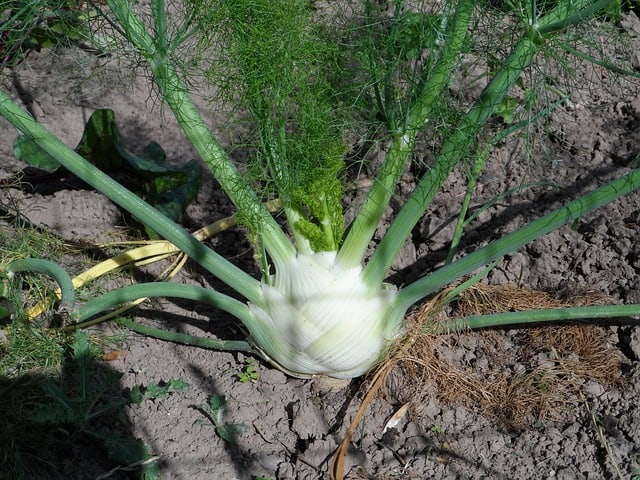
Fennel, with its aromatic bulb and feathery fronds, is a unique option for June gardening in Zone 8. It prefers warm soil conditions, ideally between 60°F and 75°F.
To plant fennel, seed directly into the garden about 1/8 inch deep, spacing them 12-18 inches apart. The seeds should germinate in 7-10 days, and fennel typically matures in about 90 days. Fennel’s unique flavor can elevate many dishes, making it a delightful addition to any garden.
Leeks

Leeks are a great option to include in your June-planted vegetable garden within Zone 8, particularly for those who enjoy a milder onion flavor. They prefer cooler temperatures, generally thriving in the 55°F to 75°F range.
You can start leeks from seed indoors and transplant them in June or sow seeds directly every couple of weeks for a staggered harvest. Space plants 6-8 inches apart in well-drained soil. Leeks generally take about 90-120 days to mature, so adequate planning is necessary for successful harvesting in the fall.
Parsley
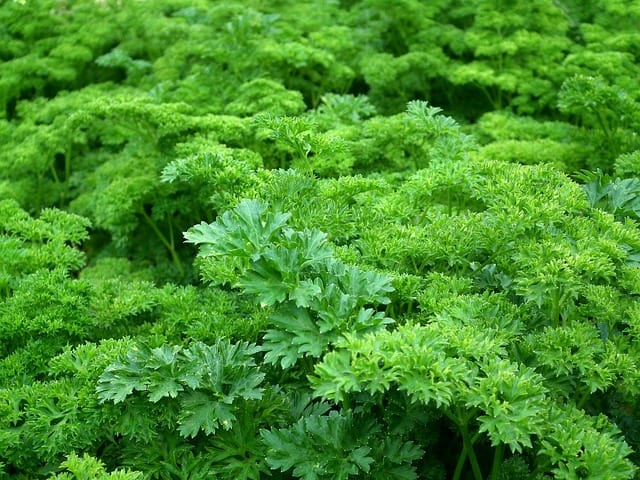
While primarily known as a herb, parsley is a lovely addition to vegetable gardening in June. Parsley prefers temperatures ranging from 60°F to 70°F, and it can tolerate the warmer conditions of summer in Zone 8.
Set seeds about ¼ inch deep in well-draining soil, spacing them 6-12 inches apart to allow for spreading. Parsley thrives with regular watering and can be harvested in about 70-90 days, making it a useful and flavorful garnish throughout summer meals.
Basil
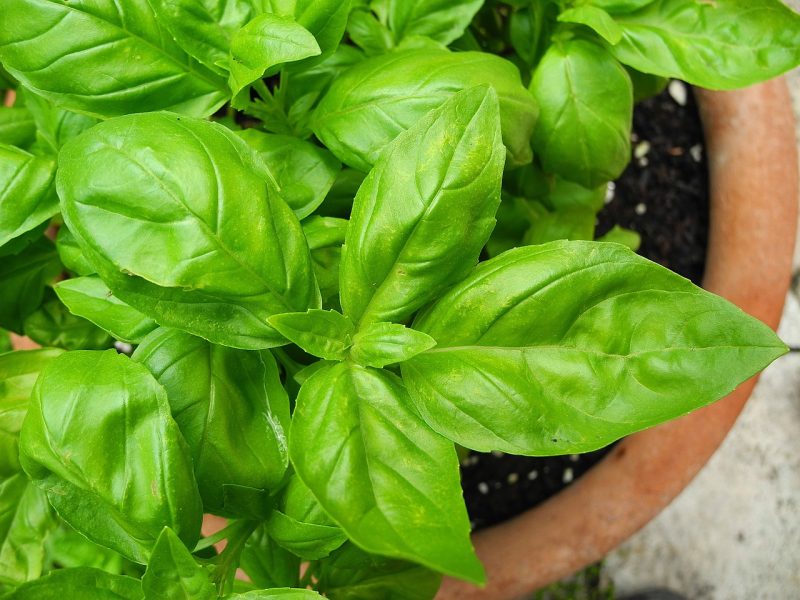
Basil is one of the quintessential summer herbs, and June is the perfect time to plant it in Zone 8. It loves warmth and does best with temperatures around 70°F to 90°F. This herb is a wonderful companion plant to vegetables like tomatoes.
Directly sow seeds, covering them lightly with soil and watering gently. Space plants about 12 inches apart in full sun. Basil matures in approximately 60 days, and regular harvesting encourages bushier growth, making it a useful flavor enhancer in countless cuisines.
Cilantro
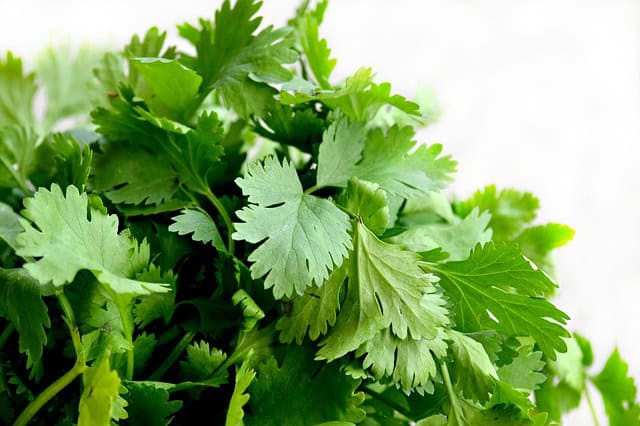
Cilantro is another aromatic herb suitable for a June planting in Zone 8. While it prefers cooler temperatures, cilantro can bolt in too much heat, so providing some partial shade in the peak summer heat can lead to better flavor.
Plant cilantro seeds about ¼ inch deep and sow densely, as they can be thinned later. It generally takes 50-70 days to mature, giving you fresh leaves for garnishing dishes. Regular harvesting also encourages slower bolting, extending your harvest period.
Mustard Greens

Mustard greens are a flavorful leafy green that can thrive when planted in June in Zone 8. These greens prefer warmer soil temperatures, making them suitable for summertime planting.
Directly sow seeds ¼ inch deep and thin as needed, spacing them about 6-8 inches apart. Mustard greens can mature fairly quickly, in about 30-45 days, providing spicy, nutrient-rich leaves ideal for salads or cooking.
Bok Choi

Bok choy is a robust green that can handle the summer heat in Zone 8, making June an excellent month for planting. It enjoys the warm soil yet does best with some afternoon shade during the hottest days.
Directly sow seeds about ½ inch deep, spacing them 12 inches apart. Bok choy typically matures in about 50-60 days, offering tender leaves and stalks perfect for stir-fries and other dishes.
Broccoli

June may not be the standard time to plant broccoli due to its preference for cool weather, but early summer plants can still flourish in the milder climate of Zone 8. Proper planning and care are essential for success.
Sow broccoli seeds about ½ inch deep in well-drained soil, spacing them around 18 inches apart. It takes about 70-100 days to mature, but with proper shading and watering, you can enjoy fresh heads of broccoli throughout the summer months.
Cauliflower
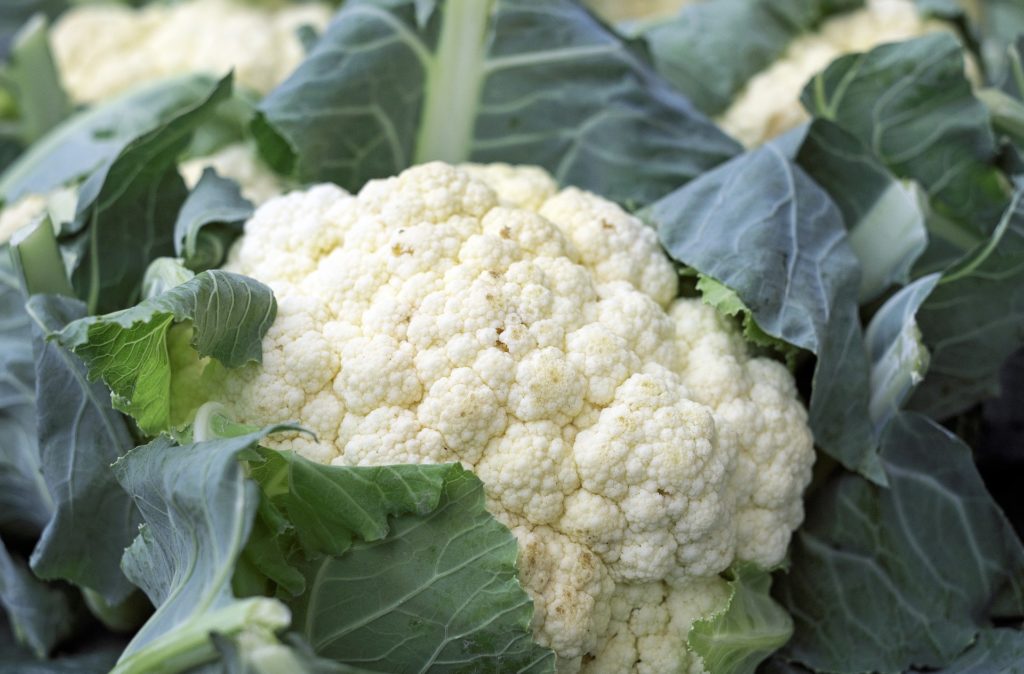
Like broccoli, cauliflower may not be the first choice for summer planting, but it can thrive in the warmth of Zone 8 under careful management. It prefers cooler weather but can produce impressive heads given the right conditions.
Plant cauliflower seeds ½ inch deep, spacing them 18-24 inches apart. Providing ample moisture and partial shading during peak heat will encourage successful growth, with maturity in about 60-100 days, perfect for summer culinary enthusiasts.





